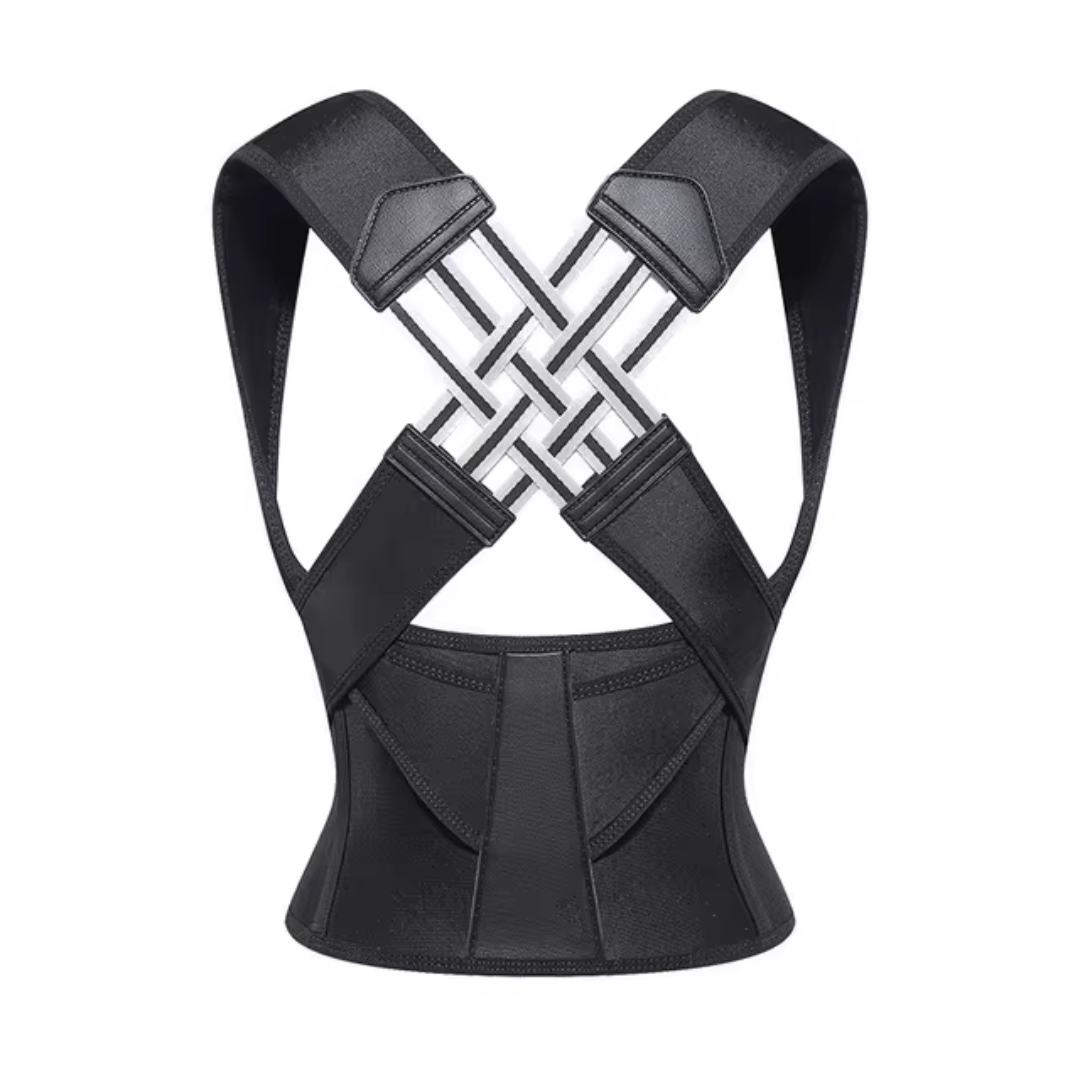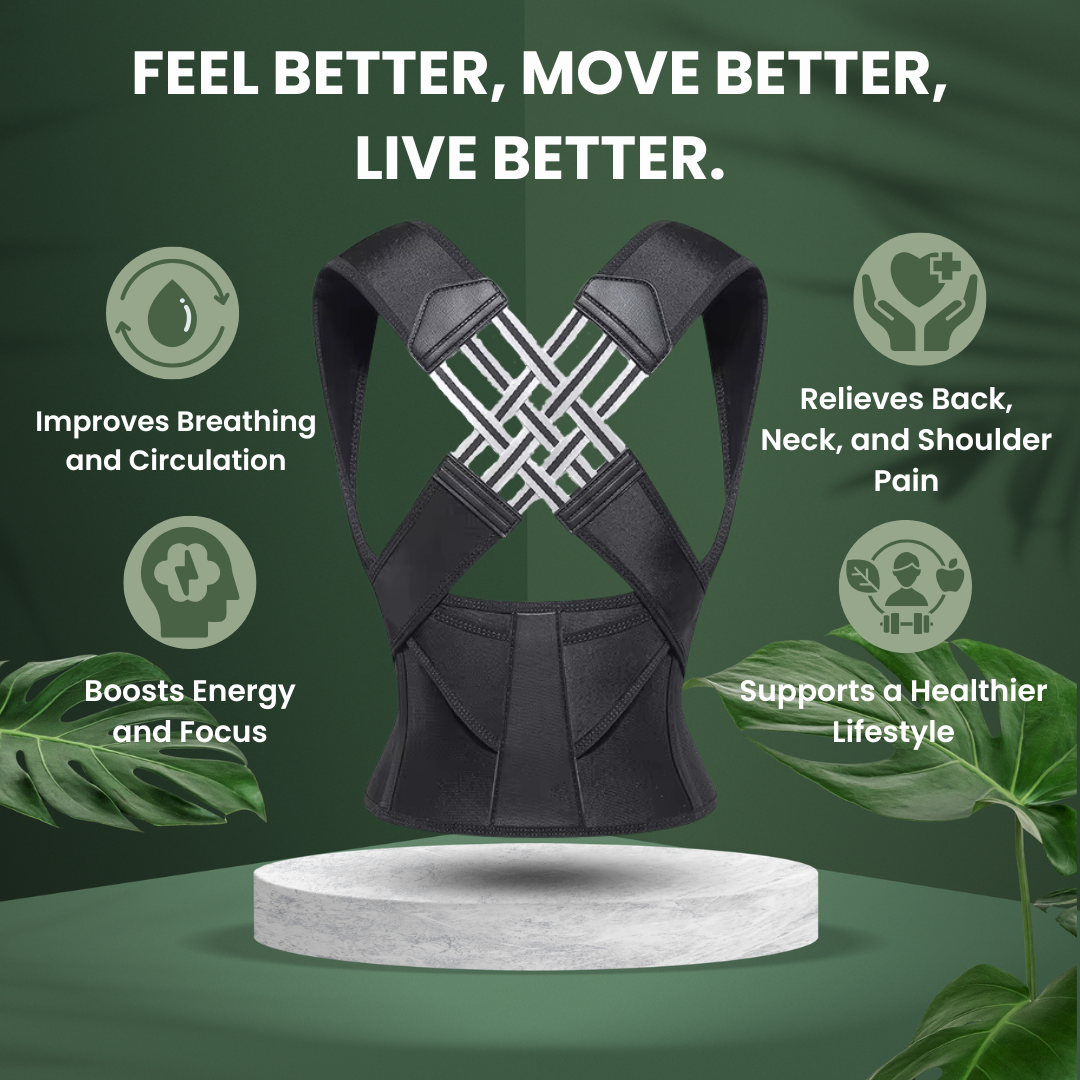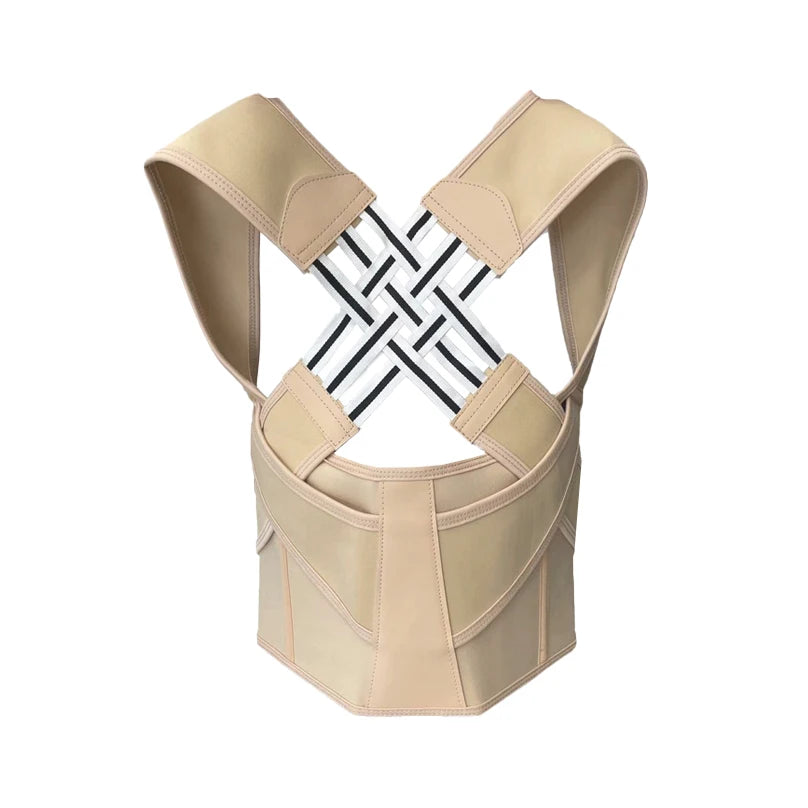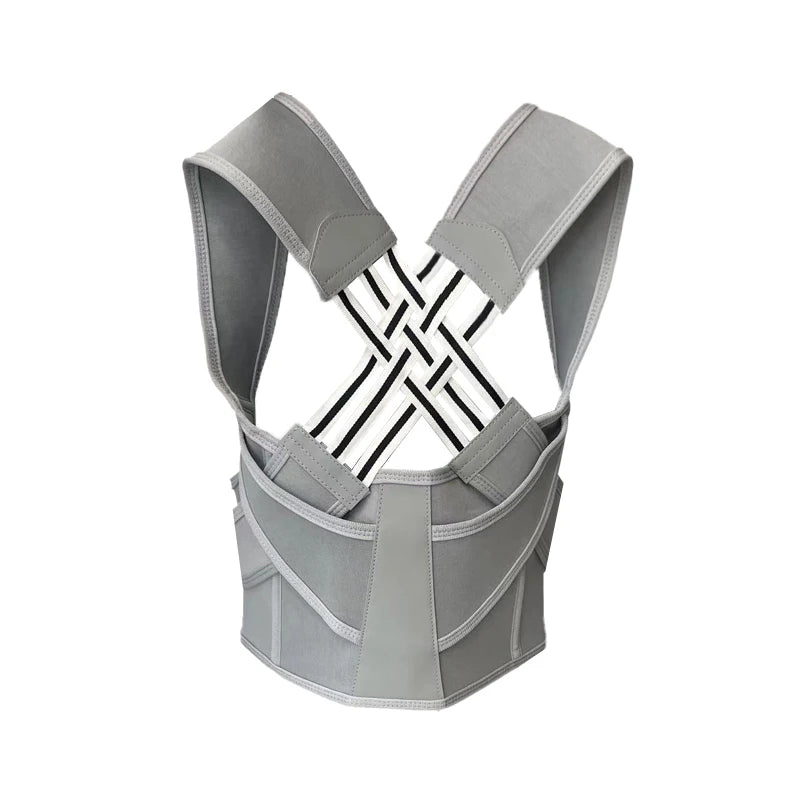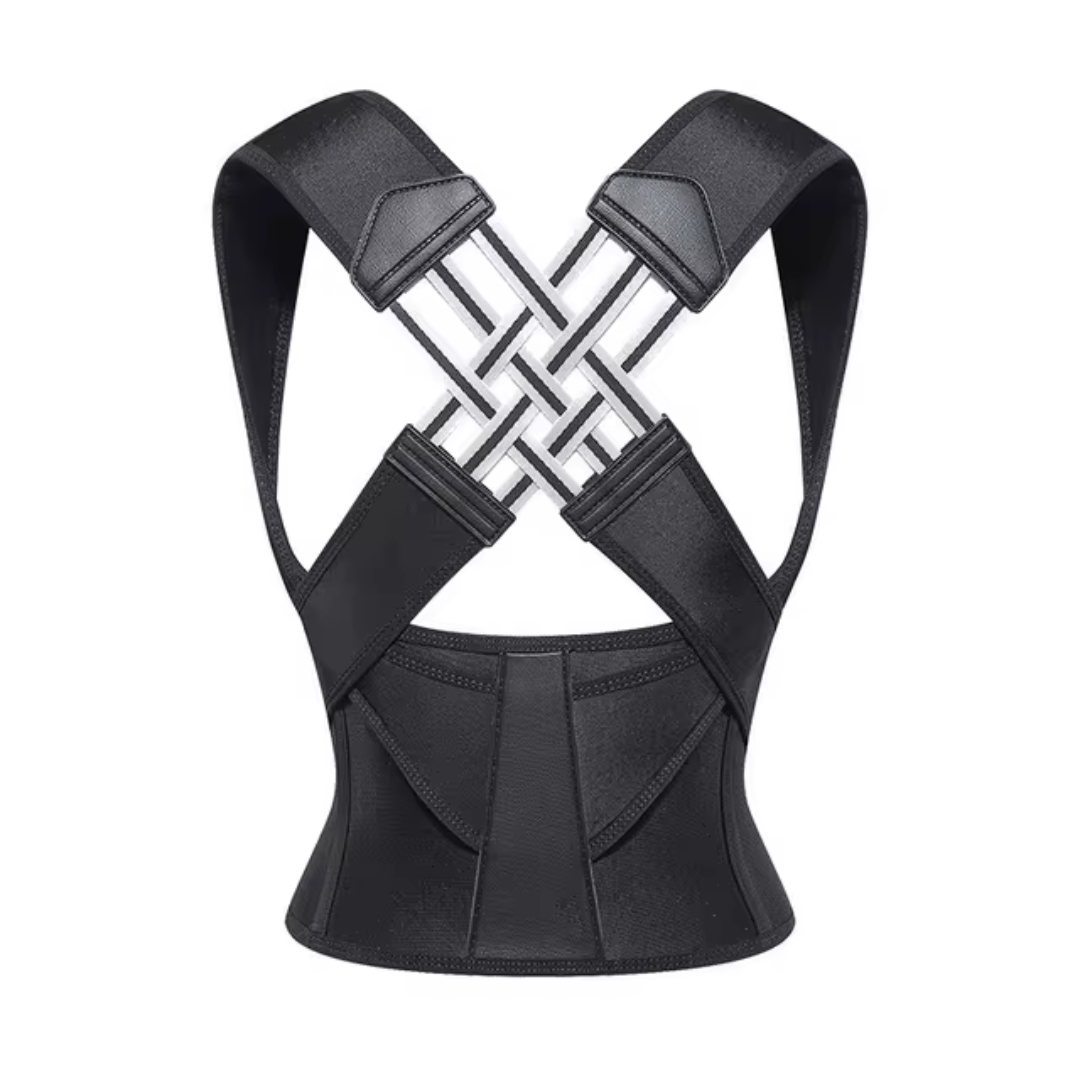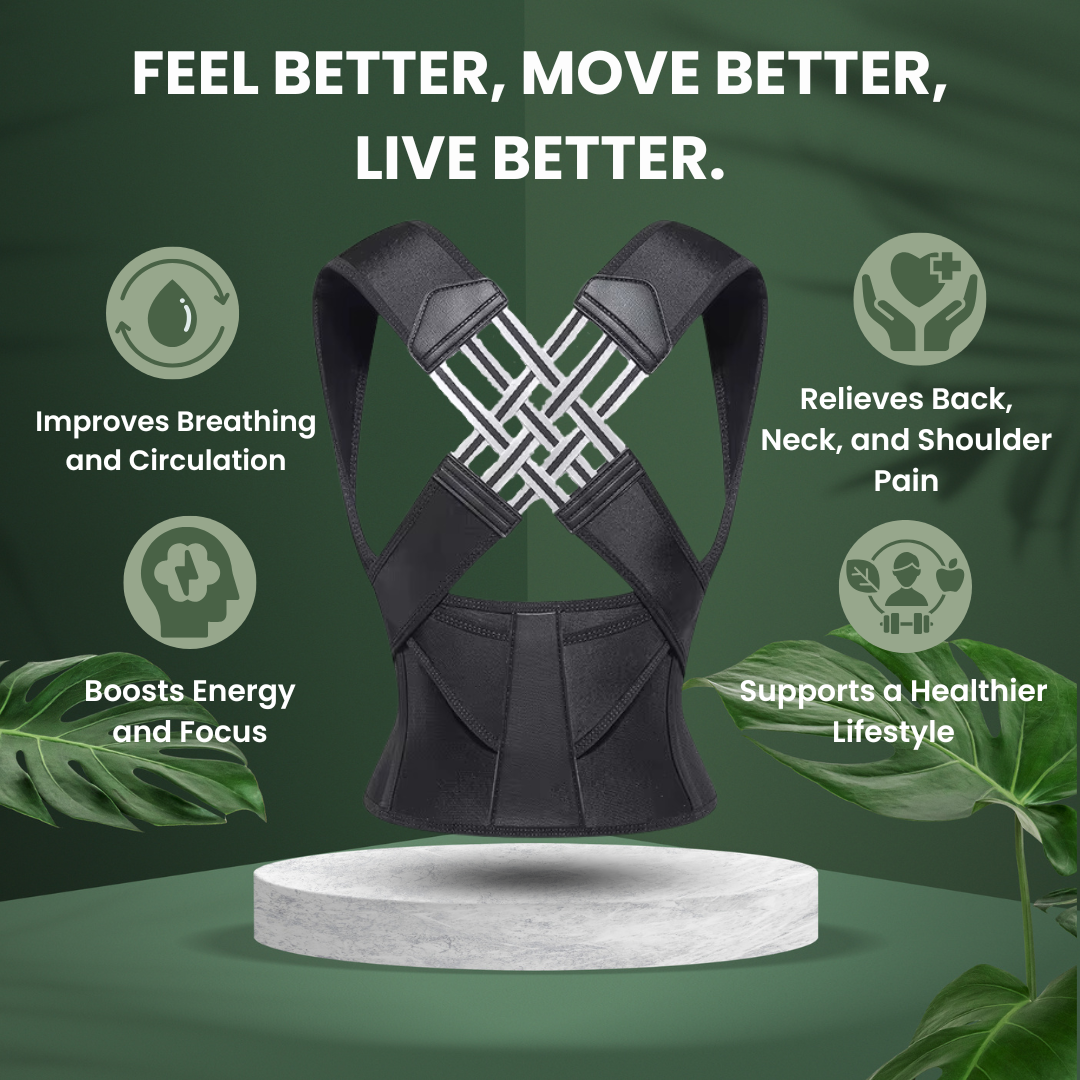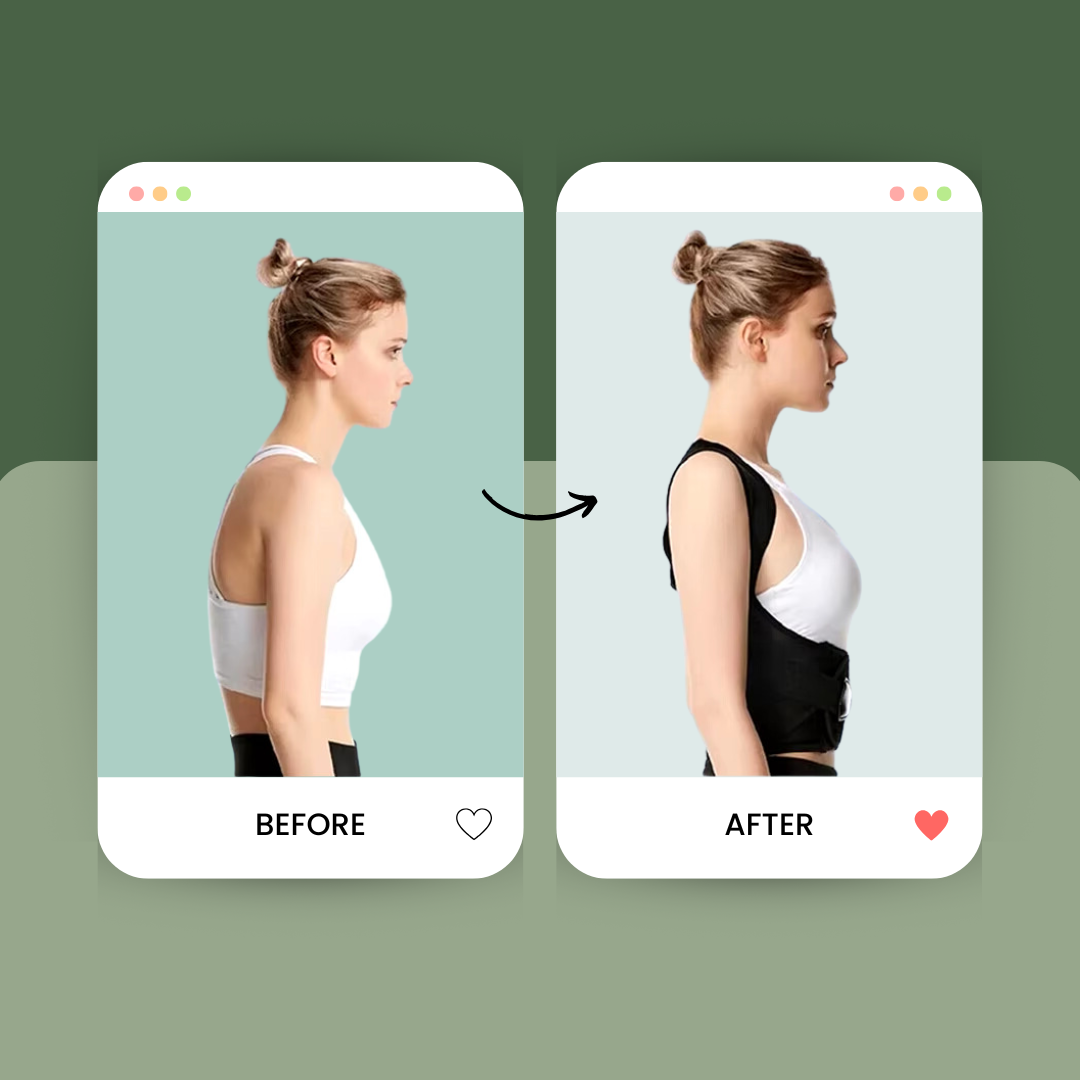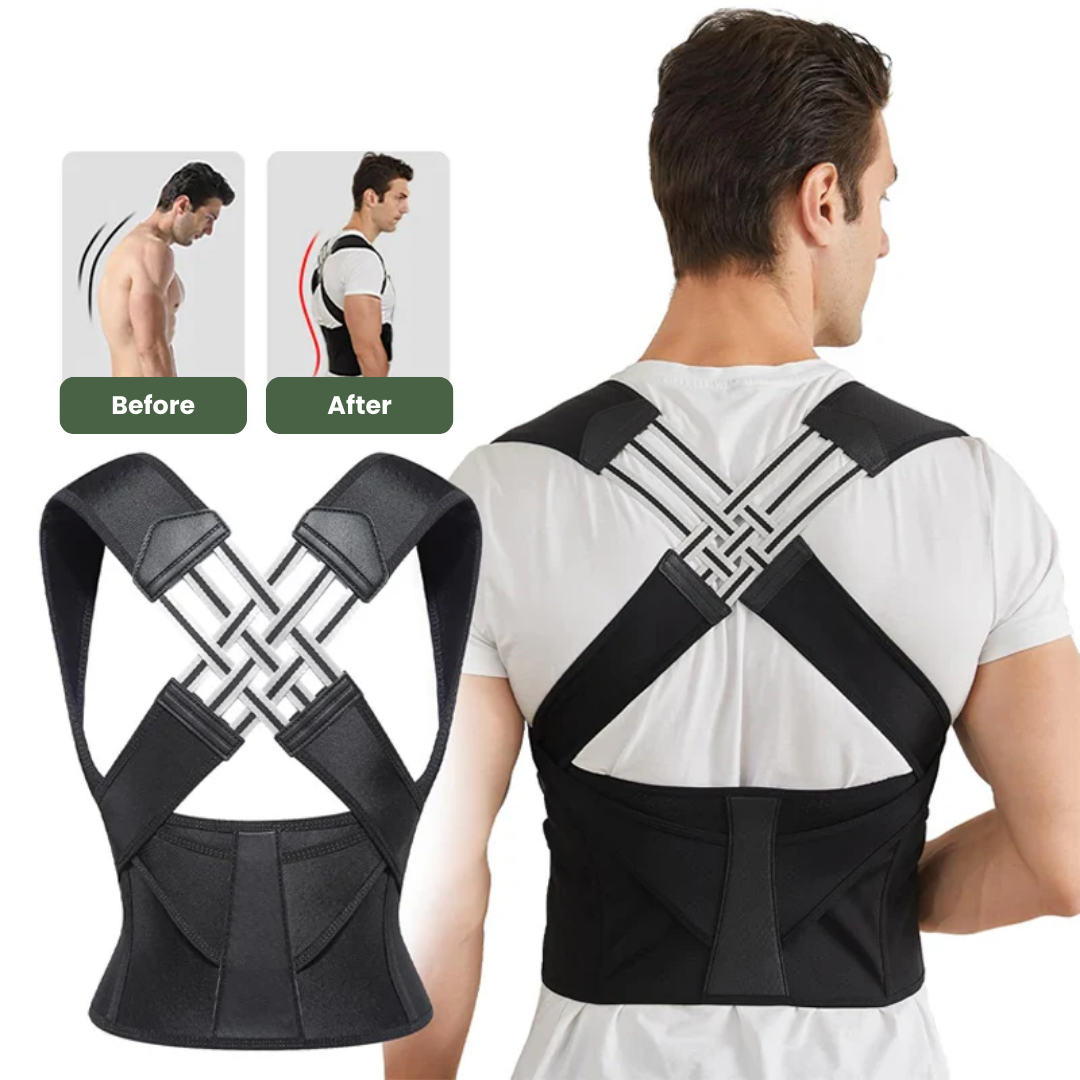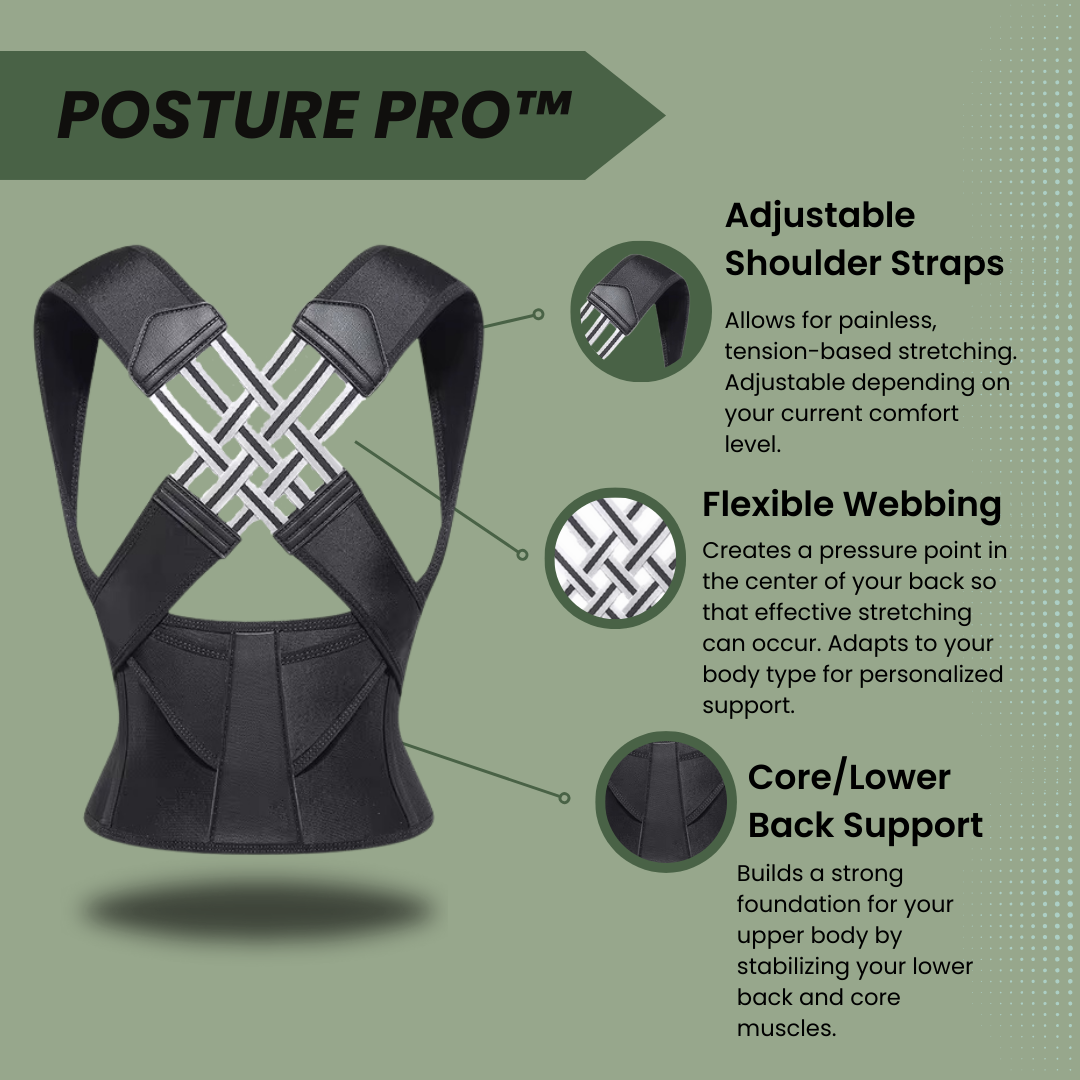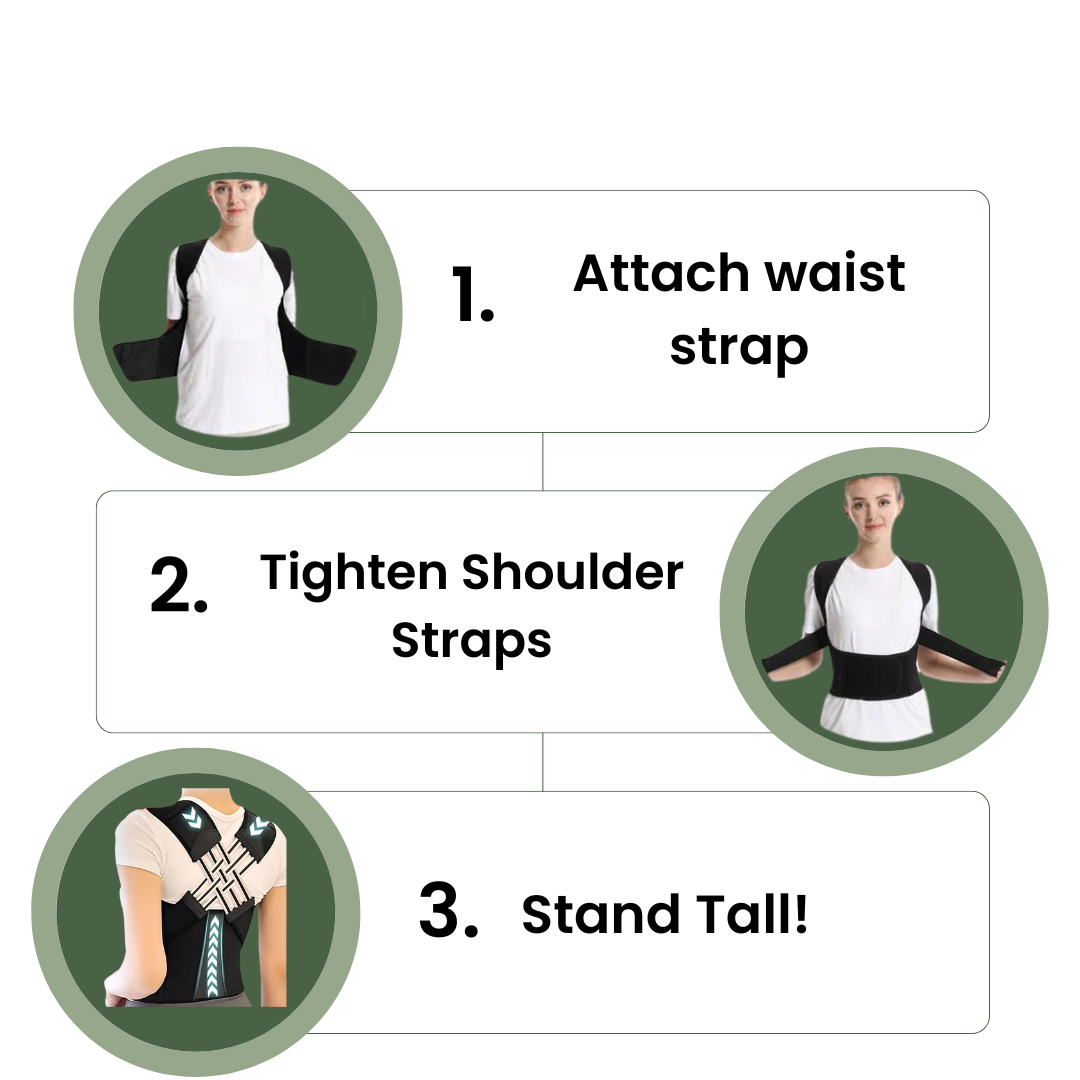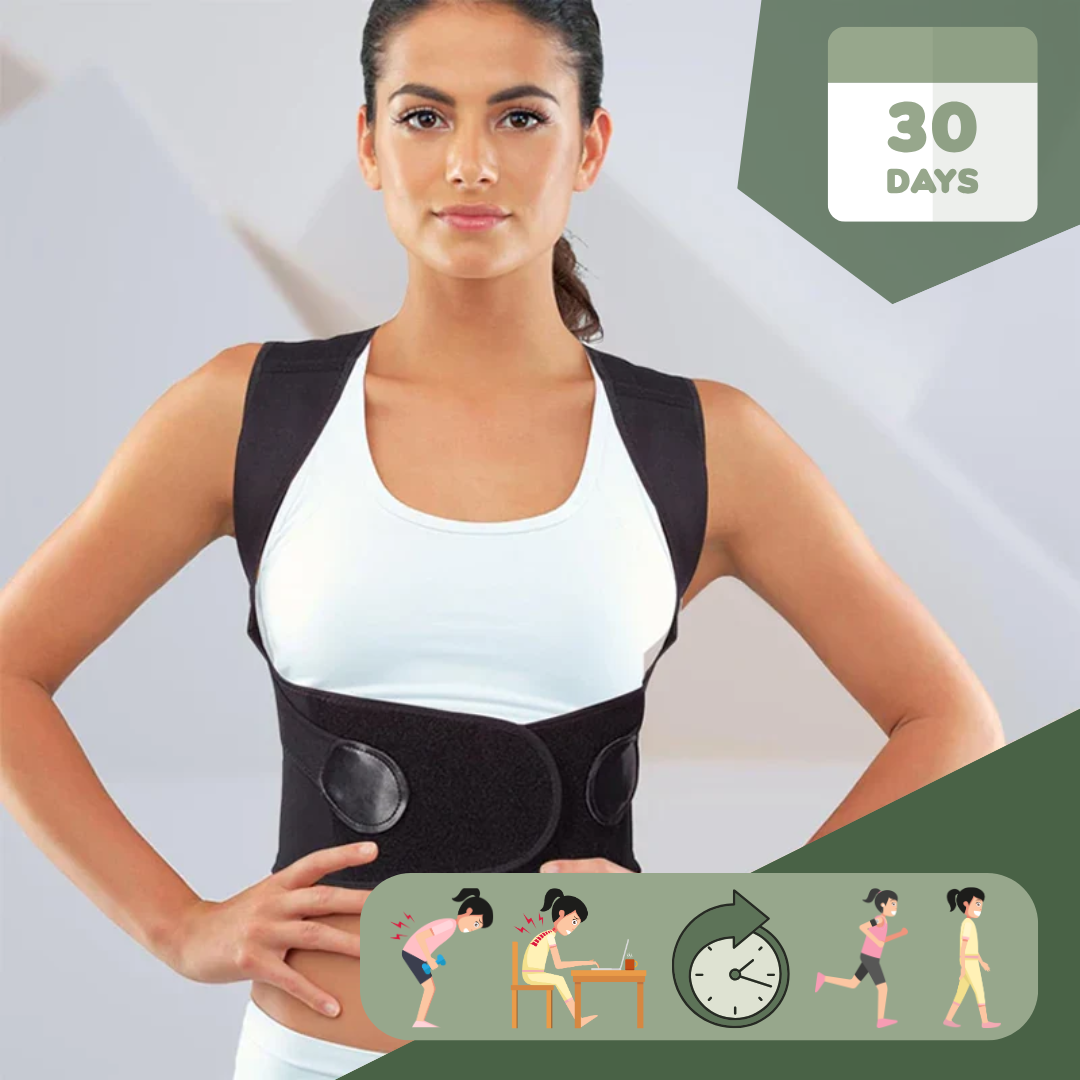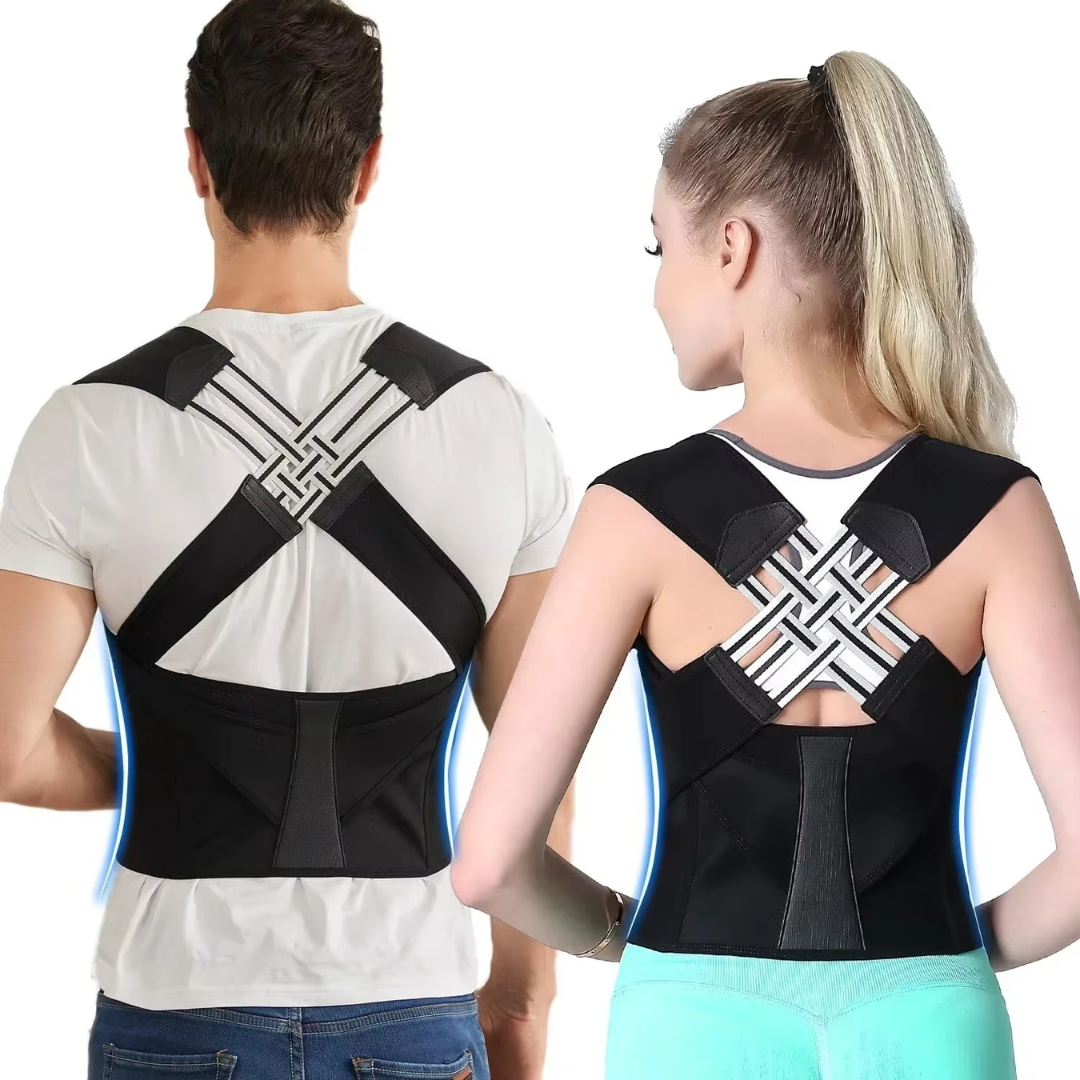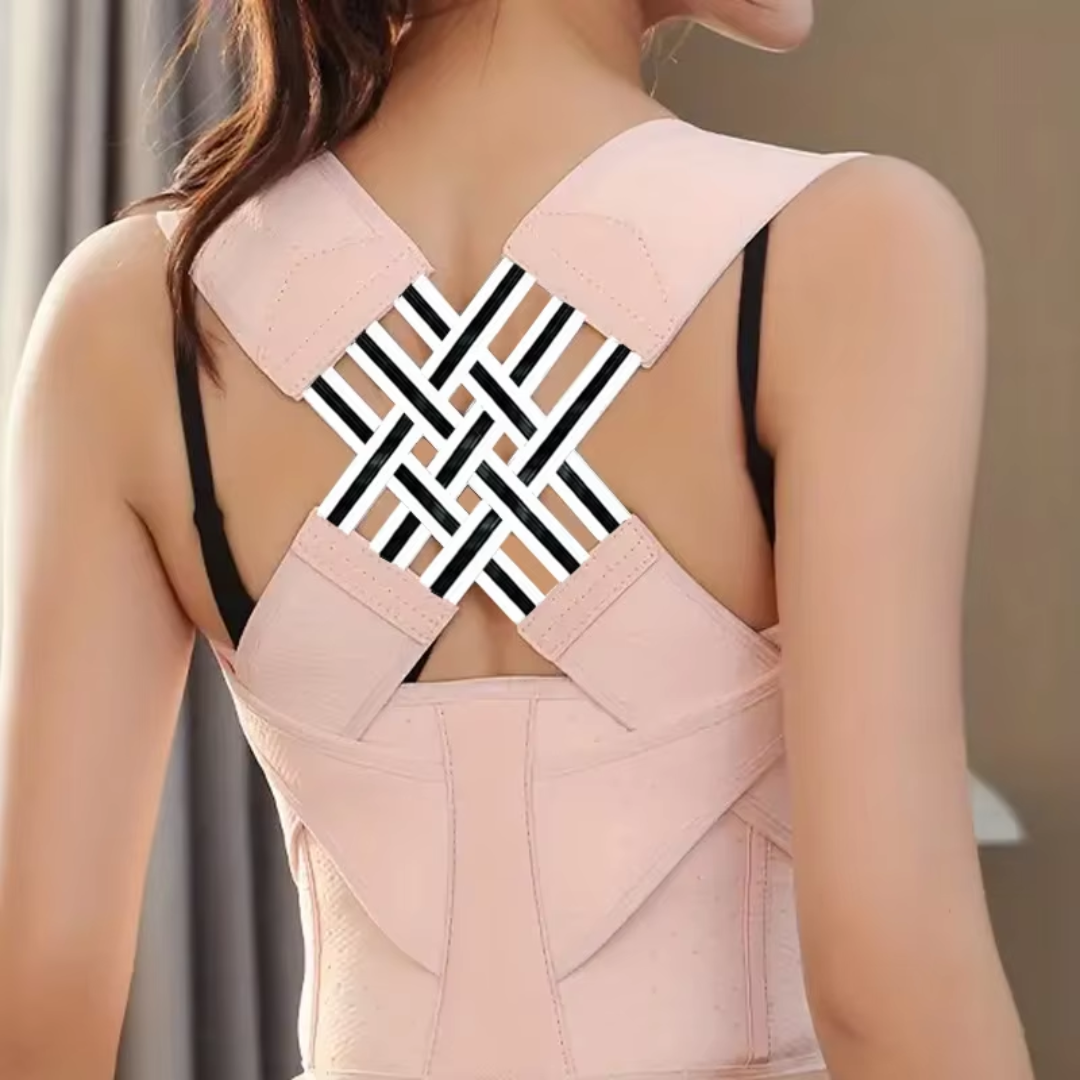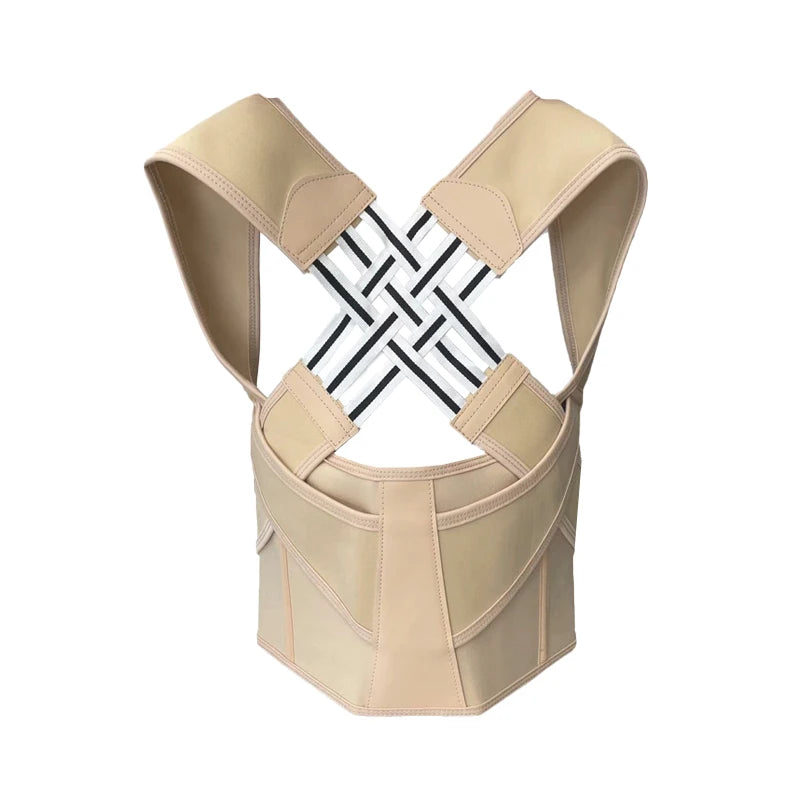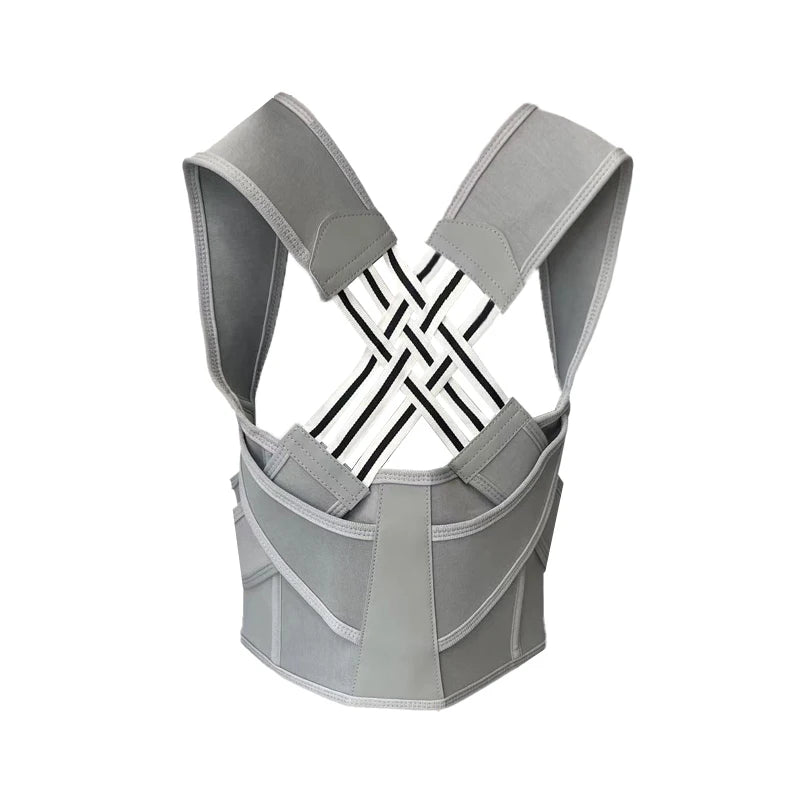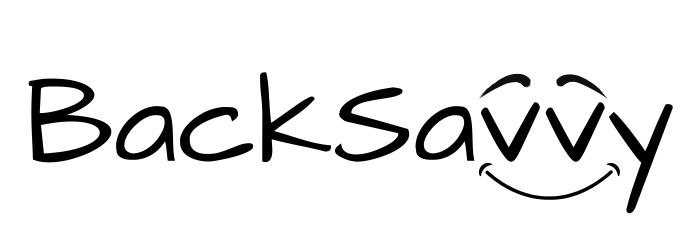Having sore muscles is a common issue for many people. Research has looked into foam rolling vs. stretching for sore muscles. This article will compare their effects to help you recover faster.
Keep reading to learn more.
Key Takeaways
- Foam rolling and stretching both increase blood flow and flexibility, aiding in muscle recovery with no significant difference found in their effects on reducing stiffness or improving range of motion.
- The use of vibration technology in foam rolling may offer unique advantages not present in traditional stretching methods, suggesting an area for further research on its impact on sore muscles.
- Recommendations include using foam rolling before workouts to reduce muscle tension and incorporating static stretching into cooldown routines to maintain flexibility gains effectively.
Benefits of Foam Rolling and Stretching
Foam rolling and stretching both improve blood flow to the muscles. They also enhance flexibility, which can lead to better performance during workouts.
Increased blood flow
Foam rolling and stretching both boost blood flow to sore muscles. Increased circulation helps deliver nutrients and oxygen essential for recovery. Research shows these techniques improve range of motion.
Improved blood flow can relieve muscle tension effectively. Stretching also facilitates better nutrient delivery, promoting faster healing after workouts. Both methods contribute positively to exercise recovery by reducing stiffness in the muscles.
Increased flexibility and range of motion
Foam rolling and static stretching both improve flexibility and range of motion. Research indicates no significant differences between these methods regarding their effectiveness. Studies show that both techniques increase overall muscle flexibility and help reduce stiffness.
They work similarly to enhance movement capabilities.
Incorporating foam rolling may offer a temporary boost in flexibility, but it does not guarantee long-term benefits like dynamic stretching can provide. Muscle recovery relies on effective techniques for reducing soreness, allowing muscles to perform better during exercises.
Both methods play essential roles in injury prevention and improving muscular performance alongside each other or within a workout routine.
Pain relief
Foam rolling and stretching both offer effective methods for pain relief after exercise. Research shows that foam rolling can increase blood flow to sore muscles, helping to reduce discomfort.
Static stretching also contributes by improving muscle relaxation, which aids in relieving soreness.
Both techniques lead to similar improvements in range of motion while decreasing muscle stiffness. Using a foam roller or incorporating static stretches may help athletes recover faster from muscle soreness and enhance overall physical performance.
Differences Between Foam Rolling and Stretching

Foam rolling focuses on releasing specific muscle tension. Stretching, on the other hand, aims to lengthen and relax large muscle groups.
Targeted muscle tension release (foam rolling) vs. overall muscle stretching
Foam rolling offers targeted muscle tension release. This technique focuses on specific areas of tightness, applying pressure to the fascia surrounding muscles. Research shows foam rolling can help reduce muscle stiffness.
Studies have compared its effects with static stretching and found no significant differences immediately after use. Both methods improve range of motion but work differently.
Overall muscle stretching aims to lengthen muscles without specific targeting. Static stretches encompass larger groups of muscles, promoting overall flexibility. Meta-analyses confirm that both foam rolling and static stretching effectively enhance range of motion similarly.
The inclusion of vibration technology in foam rolling may provide unique benefits not seen with traditional stretching techniques. Pain relief occurs through different mechanisms in each approach, making each beneficial for sore muscles in distinct ways.
Use of foam roller vs. traditional stretching techniques
Foam rolling techniques target specific muscle tension and provide myofascial release. This method uses a foam roller or even a massage gun. Research shows both foam rolling and static stretching are effective for increasing range of motion.
They also help to decrease muscle stiffness similarly, with no significant differences in their outcomes.
Traditional stretching focuses on lengthening muscles overall. While it improves flexibility, it does not specifically address tight areas like foam rolling does. Studies have shown that the immediate effects of both methods on soreness are comparable.
Foam rolling delivers short-lived increases in flexibility but may not significantly reduce injuries when compared to other dynamic stretches alone.
Use of vibration technology (foam rolling)
Vibration technology enhances foam rolling by increasing muscle activation. This method can improve the effectiveness of self-myofascial release, which targets fascia and promotes recovery.
Research has compared the effects of foam rolling with and without vibration. Results show that vibration can offer additional benefits for sore muscles.
Using a vibrating foam roller may increase blood flow more than traditional techniques alone. This added stimulation helps reduce muscle stiffness effectively. Combining these methods offers new opportunities to enhance physical therapy routines and post-exercise recovery strategies.
The Impact on Physical Performance
Foam rolling and stretching significantly impact physical performance by enhancing strength, power, and mobility. Studies show that both techniques can improve muscle function after exercise.
Incorporating these methods into your routine may boost overall athletic performance. Explore how to effectively use them for maximum benefits.
Results of a meta-analysis
Several meta-analyses have examined the effects of foam rolling and stretching on sore muscles. Here are the summarised results in a comparative table:
| Parameter | Foam Rolling | Stretching |
|---|---|---|
| Effect on Stiffness Reduction | No superior effects compared to other interventions | No superior effects compared to other interventions |
| Immediate Post-Intervention Effects | No significant differences with single exercises | No significant differences with single exercises |
| Improvement in Range of Motion | Effective; similar to static stretching | Effective; similar to foam rolling |
| Decrease in Muscle Stiffness | Similar decrease as static stretching | Similar decrease as foam rolling |
| Effect on Flexibility (with Dynamic Stretching) | Little effect when added | Not applicable |
| Short-lived Increase in Flexibility | Yes | Not specified |
| Impact on Muscle Growth | Under investigation | Under investigation |
| Use of Vibration Technology | Examined | Not applicable |
This table highlights the similarities and differences in the effects of foam rolling and stretching on muscle soreness and performance. Both methods show benefits in increasing range of motion and reducing muscle stiffness with no significant differences between them in these areas. Foam rolling's unique use of vibration technology has been explored, indicating a potential difference in approach and impact.
Effects on strength and power
Foam rolling and stretching can impact strength and power. Research shows that both methods yield similar effects on muscle stiffness. A meta-analysis revealed no significant differences in performance outcomes immediately after foam rolling versus static stretching.
Some studies suggest that foam rolling may provide only a brief boost in flexibility, which does not necessarily translate into enhanced muscle growth or reduced injuries.
Both techniques work well for improving range of motion. However, the addition of vibration technology during foam rolling has been explored to see if it enhances these benefits further.
Despite various claims, research indicates neither method significantly increases strength or power when compared directly after exercise sessions. Integrating these techniques into workout routines remains common among athletes seeking optimal results without sacrificing performance efficiency.
Recommendations for incorporating into workout routine
Foam rolling and stretching can significantly benefit your workout routine. Consider these recommendations to optimize their effectiveness for sore muscles.
- Include foam rolling before workouts to prepare muscles. This practice helps in reducing muscle tension and increasing blood flow, which may enhance performance.
- Pair static stretching with activities that require flexibility. Both static stretching and foam rolling improve range of motion without significant differences in effectiveness.
- Use a foam roller on sore areas after intense exercise sessions. Research shows that this method aids in fascia release and provides temporary relief from muscle stiffness.
- Experiment with vibration technology during foam rolling sessions. Studies have compared its effects with traditional techniques, revealing it might further reduce soreness post-exercise.
- Integrate static stretching into your cooldown routine as well. This method has shown results similar to those of foam rolling when it comes to improving flexibility.
- Schedule foam rolling sessions two to three times per week for best results. Consistency can help maintain flexibility gains while minimizing the risk of injuries.
- Monitor your body's response to each method carefully. Both methods are effective, but personal preference will guide individual choices regarding which technique feels better for recovery.
Use these strategies to ensure the incorporation of foam roller techniques and static stretching enhances your overall physical performance effectively.
Conclusion
Foam rolling and stretching both help sore muscles. They improve flexibility and reduce stiffness effectively. Research shows they have similar benefits for muscle recovery. Athletes can include either method in their routines as needed.
Each technique complements physical performance in its own way.
FAQs
1. What is the impact of foam rolling versus stretching on sore muscles?
The comparative analysis of foam rolling and stretching provides insights into their effects on sore muscles.
2. How does a systematic review help in understanding this impact?
A systematic review helps to gather all relevant studies, providing a comprehensive understanding of the self-myofascial release techniques like foam rolling and self-massage against traditional stretching methods.
3. Can self-massage be as effective as post-exercise stretching for relieving muscle soreness?
Based on comparative analysis, it could be inferred that both methods have unique benefits; however, more research may be needed to determine which method is superior consistently.
4. What are some key takeaways from the comparative analysis between foam rolling and stretching for muscle recovery?
This comparison aims to provide evidence-based guidance about whether one should opt for self-myofascial release techniques such as foam rolling or stick with traditional post-exercise stretches.


